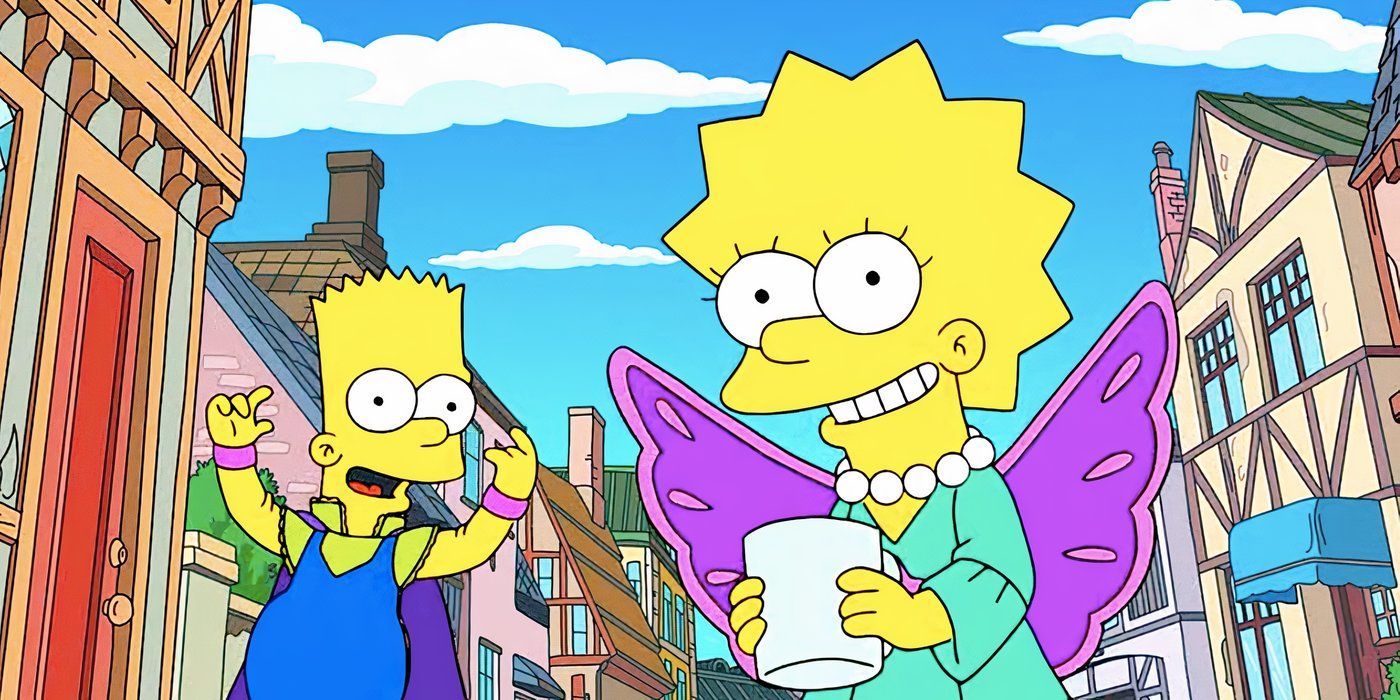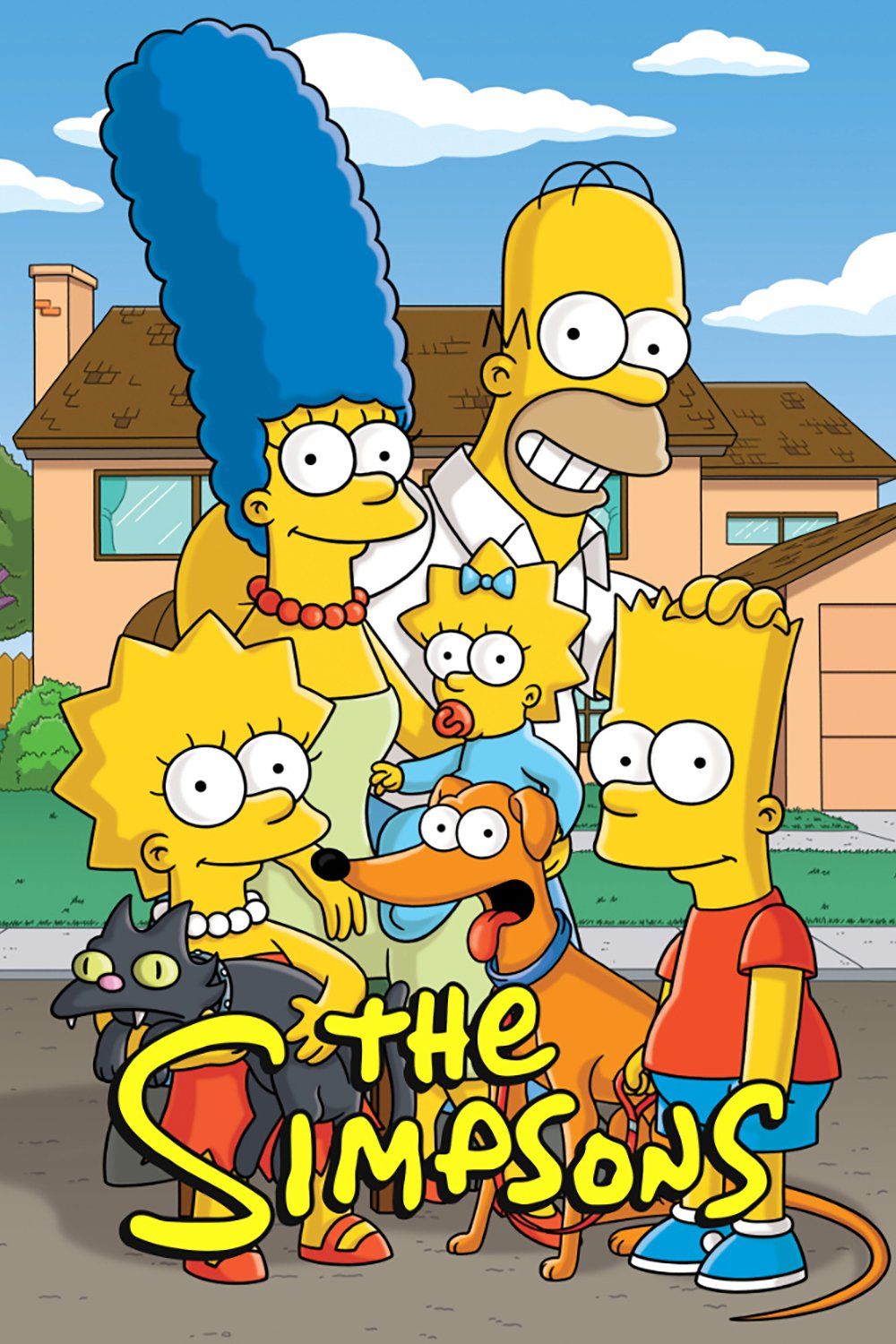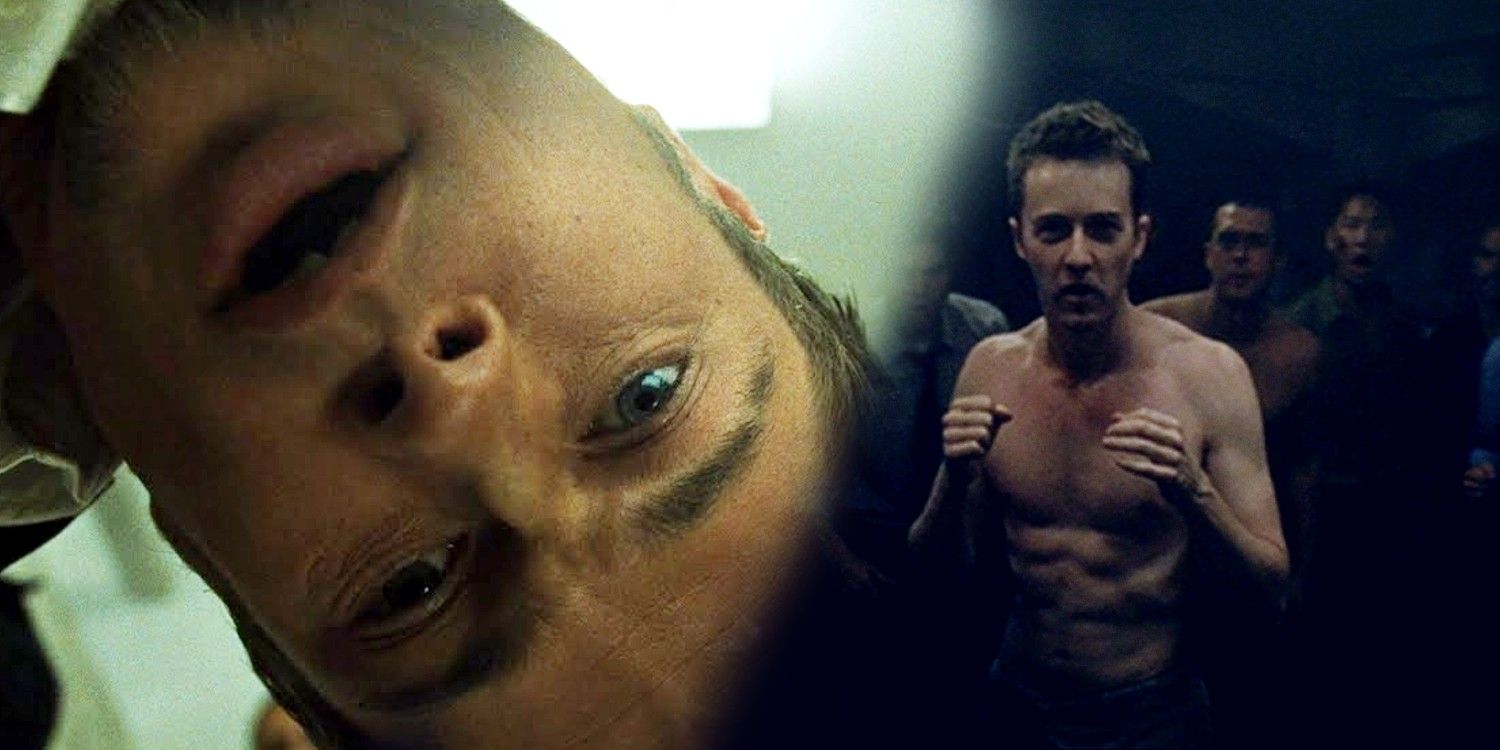Warning: This article contains SPOILERS for The Simpsons season 35, episode 17.
Although The Simpsons season 35 is improving the show’s reputation, one character’s death underlined its biggest problem. The historic success of The Simpsons is both a blessing and a curse for the series. On the one hand, if it weren’t for the Golden Age of The Simpsons, the show would most likely have been canceled years ago. On the other hand, those legendary seasons set the show’s future up for failure by setting an impossibly high bar. It is hard to see how The Simpsons can mock new TV shows when the series itself is more influential than any of them.
Since the Simpsons never age, the show is still expected to be as irreverent and subversive as ever. However, it is difficult for The Simpsons to do this in a pop culture landscape that was shaped by the show. At a time when even its early imitators, like South Park and Family Guy, have become multi-million, multi-decade franchises in their own right, it is tough for The Simpsons to feel like anything but a fondly remembered relic. While The Simpsons season 36 may change this, the worst outings of season 35 make the show feel painfully dated.
The Simpsons Season 35’s Weaker Plots Are Too Zany
Homer’s Episode 17 Tipping Addiction Underlines A Major Issue
Even light-hearted sitcoms need to maintain some connection to reality, but The Simpsons season 35’s weaker stories are too silly and outlandish to have meaningful weight. In season 35, episode 17, “The Tipping Point,” Homer’s addiction to tipping put the family in deep debt, but this was never portrayed as a real problem or a deterrent to his antics. Homer felt bad because his actions upset Marge, instead of worrying about how he would keep himself from bankruptcy. While Homer has always been foolhardy, this total disconnect from reality is unique to the show’s later seasons and betrays its biggest issue.
In its worst outings, The Simpsons feels like it takes place far from anything resembling the real world. This is an easy argument to dismiss since cartoons are always over-the-top and absurd. Despite this, “The Tipping Point” is evidence that even a show as goofy as The Simpsons can get too silly for its own good. After accidentally tipping a waitress $10,000, Homer proceeded to give out lavish tips to Moe, random service workers, and even a newsstand operator. He abandoned his family, visited the waitress, fell into the sea, and wound up in Little Europe, where tipping was banned.
The Golden Age Of The Simpsons Balanced Reality And Comedy Perfectly
The Show’s Best Episodes Combined Zaniness With Believable Stakes
Compared to Marge’s strong season 35 stories, this plot is loose, chaotic, and pointless. A cursory comparison to the show’s Golden Age proves that this aimless storytelling wasn’t an issue for the series at the height of its powers. In every episode, the surrounding wackiness can be disregarded and there remains a clear line of cause and effect in the plot. Homer convinces the plants to strike because he remembers that Lisa needs braces. Homer invests in pumpkins, so he needs Patty and Selma to bail him out. Homer’s impulse purchases lead Marge to sign them both up for a self-improvement seminar.
The above episodes feature parodies of Get Smart, Batman, and Dr. Seuss, a town-wide riot, Homer injuring countless kids with a trampoline, and the infamous “Ratboy” scene. Despite this, their plots work in terms of basic emotional investment. In the Golden Age, the stakes were always clear, so the story always felt worthwhile as a result. In later seasons of The Simpsons, random jokes and plot developments clutter episodes like “The Tipping Point” and choke out any opportunity to get viewers invested. Even the idea that a tipping culture relies on exploitatively low wages was only referenced in passing.
The Simpsons Has Lost Touch With Everyday Life
The Show’s Commentary On Tipping Exposed An Unfortunate Reality

Although a few characters, including Homer, said that servers should be paid a living wage, the entire story still took place from Homer’s perspective. “The Tipping Point” centered on how alternately magnanimous or guilty Homer felt depending on his tips, while his subsequent debt was largely inconsequential. Even a character as engaging as Homer Simpson can’t make a twenty-minute story about their feelings on tipping interesting. Where Marge’s darker season 35 stories feel linked to reality, this plot felt untethered to anything but jokes. The reality of Homer’s predicament never felt like it carried any weight, making the episode less engaging.
The Simpsons Season 35’s Character Death Exposed This Flaw
Larry The Barfly’s Demise Barely Impacted Homer And Company
Perhaps the most pointed example of the series failing to grasp the emotional resonance of its storytelling came in season 35, episode 15, “Cremains of the Day.” This outing saw The Simpsons kill off Larry the Barfly, a background character who has been around since season 1. However, although Larry got a song dedicated to him after his death, the rest of the episode was merely about Homer and his friends going on an adventure. The Simpsons season 35 couldn’t even give a character’s death real dramatic weight, despite devoting the entire episode to his passing, his funeral, and its aftermath.
Larry’s death in The Simpsons season 35 should have been a major moment since the series has killed barely a dozen supporting stars from its cast of thousands since it began in 1989. Instead, a desire to keep the mood light and the plot unpredictable resulted in the revelation that Larry’s ashes contained gems, which led to a chase with a highway patrolman, who was secretly working for Fat Tony. This frantic escalation killed any poignancy. Even one of the show’s only permanent canon deaths wasn’t enough to pull its focus away from Homer doing wacky antics.
The Simpsons Season 35’s Best Episodes Overcame This Issue
Numerous Outings Changed The Family’s Fortunes
Luckily, not every episode of season 35 struggles with this. Marge getting a job in a ghost kitchen allowed The Simpsons to satirize contemporary working conditions from a lead character’s perspective, while “It’s a Blunderful Life” showed that Burns replacing the plant staff with non-union workers had a material impact on the family’s lives. Like classic outings, these episodes still had one foot in a recognizable reality and were far stronger for it. Killing off Larry the Barfly proved that even tragedy can’t ensure The Simpsons slows down and focuses on its characters, although earlier season 35 outings managed this.

*Availability in US
- stream
- rent
- buy
Not available
Not available
Not available
- Cast
-
Tress MacNeille
, Julie Kavner
, Harry Shearer
, Pamela Hayden
, Nancy Cartwright
, Hank Azaria
, Dan Castellaneta
, Yeardley Smith - Release Date
-
December 17, 1989
- Seasons
-
35
- Network
-
FOX
- Franchise(s)
-
The Simpsons
- Writers
-
Matt Groening
, James L. Brooks
, Sam Simon





